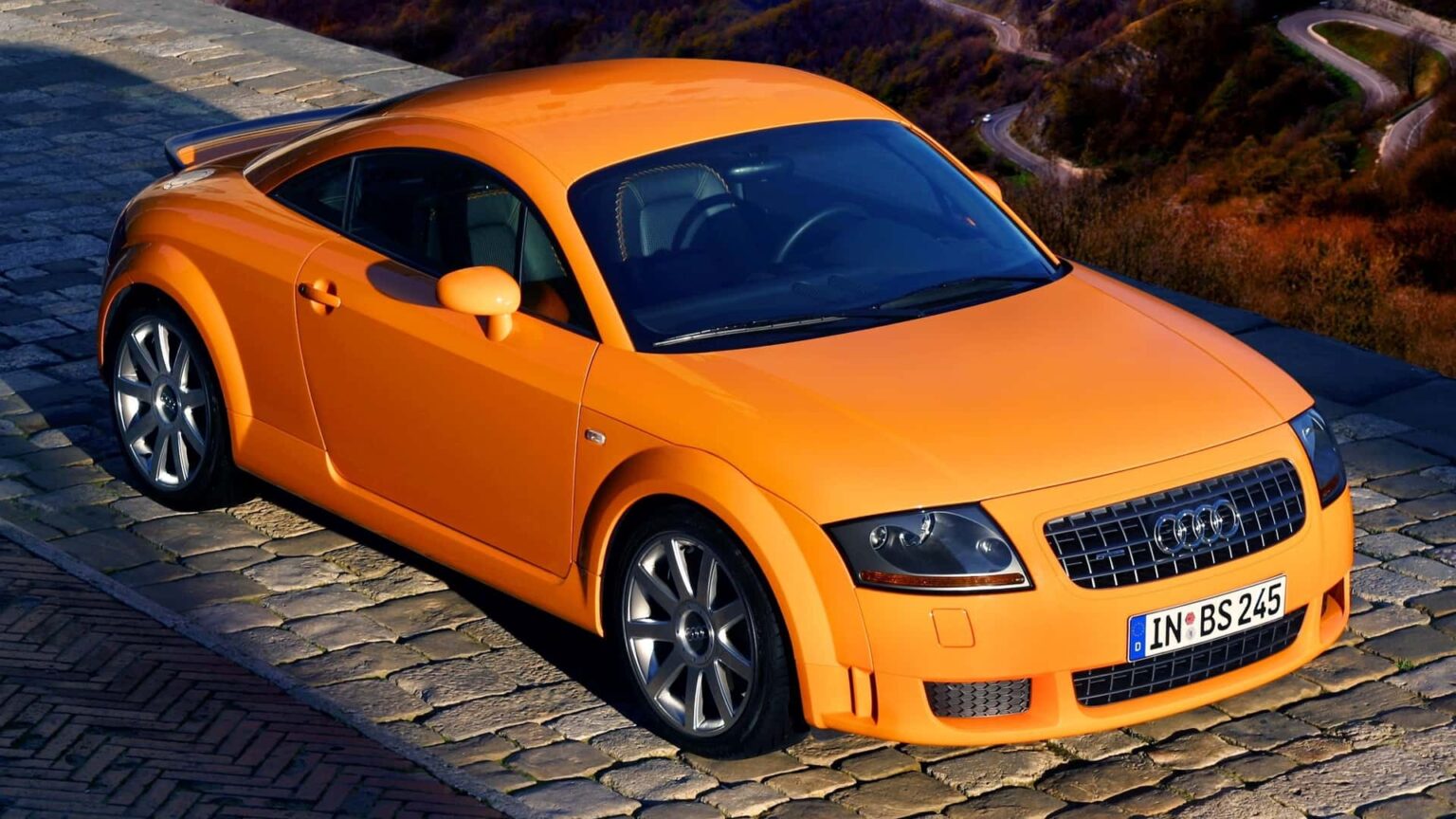We were pleasantly surprised when Audi mentioned a new sports car in an interview with German magazine Bild just over a month ago. CEO Gernot Döllner described it as the “TT Moment 2.0” for Ingolstadt, hoping it will have the same impact the original Tourist Trophy did in the 1990s. However, it won’t be a direct TT replacement, nor will it be a new R8.
So, what is it then? A “highly emotional sports car” positioned somewhere between the TT and R8. Unlike its predecessors, this new performance model will be fully electric. Audi has launched a teaser campaign on social media, though it hasn’t shown a single detail of the mystery concept. What it has revealed is the design inspiration, and it’s not only about the TT.
The Avus concept, featured in our Concept We Forgot series, is one reference point. That R8-before-the-R8 was a true supercar in spirit, even if the W-12 engine behind the seats was just for show. Wrapped in an aluminum body, it debuted at the 1991 Tokyo Motor Show with more than 500 horsepower sent to a Quattro system through a six-speed manual.
Audi also points back further, to the Auto Union era. Specifically, the Type C and Type D race cars with their supercharged V-16 and V-12 engines, which dominated racing in the mid-1930s. Legendary drivers like Tazio Nuvolari and Bernd Rosemeyer piloted them to glory, later celebrated by Audi with namesake concepts.
23
What ties all of this to Audi’s new concept? The upcoming sporty EV is said to “strive for clarity” with a fresh, uncluttered design. It seems to embrace a “less is more” approach, ditching today’s fussy styling for something cleaner. Expect it to be larger than a TT but smaller than an R8, with mid-engine-like proportions and likely a coupe silhouette.
We’ll admit that concept cars rarely get us too excited anymore, especially electric ones, but Audi’s boss insists this one will reach production. The road-ready EV will debut within two years, following the concept’s public appearance at this month’s IAA Mobility Show in Munich. According to Döllner, the model will embody the “new Audi,” not just with fresh styling but also with hardware never before used by the brand.
Inside, materials are expected to be a step up from current Four Rings models. Oscar da Silva Martins, Head of Product and Technology Communication at Audi, admitted to Motor1 Germany that quality has slipped: “We have certainly been better in terms of quality in the past, but we will get there again.” Audi, while you’re at it, maybe bring back buttons, too?
One unanswered question is whether Audi’s new two-door will share its underpinnings with Porsche’s upcoming Boxster/Cayman EVs. Developing two separate platforms for niche sports cars would be expensive, while a joint program would help the Volkswagen Group achieve economies of scale. As for combustion engines, looming stricter European emissions rules all but rule them out. These days, it’s a pain to develop powerful gas engines that comply with the EU’s draconian legislation.
Still, both Audi and Porsche have recently dialed back their ambitious EV targets, acknowledging the transition will take longer than planned. That means Ingolstadt and Zuffenhausen will keep building ICE models well into the next decade.
Read the full article here



